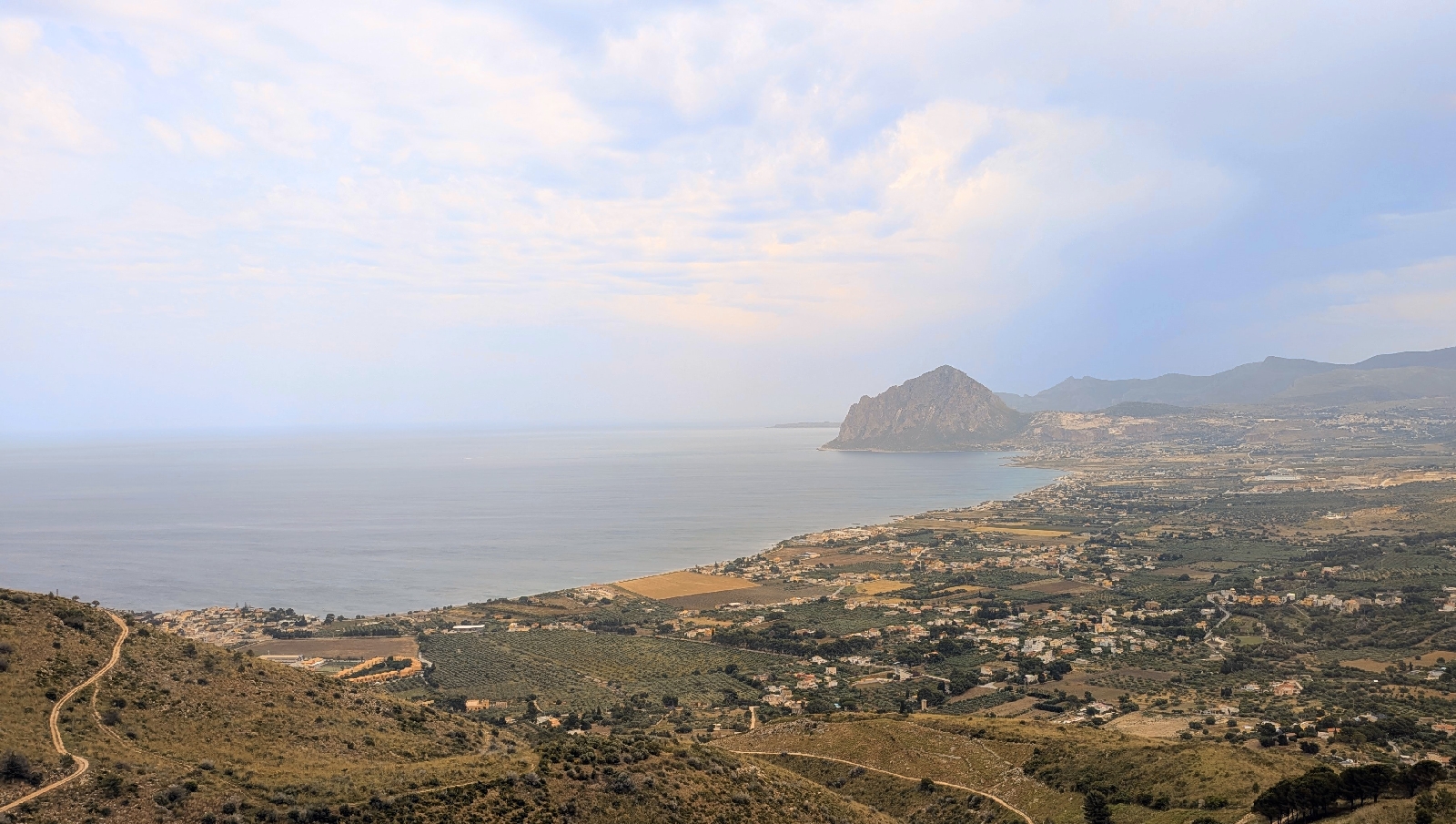Ancient Agora - like the Roman Forum, but Greek
Saturday, May 27: Day 3 in Athens
As we've quickly learned to do in Athens, we headed off this morning more or less in the direction of the ever-present Acropolis, but circled its base opposite our usual direction, heading counterclockwise (west) to find the site of Ancient Agora.
Passing through some lovely neighborhoods, eventually we started to see more street vendors and sidewalk cafes.
Here's one of my favorite artisans with his wares (unlike the usual Athens tourist stuff like evil eyes, Greek gods and goddesses, and white dresses).
Mary - our tour planner - consulting Rick's guide for the next point of interest.
From the upper level of the Stoa, a re-constructed version of an ancient shopping and office arcade, we could see the Temple of Hephaestus (in the way back). There's a story about Hephaestus (the god of fire and metalworking) and Athena (my personal fave) that our tour guide at the Parthenon (stay tuned for Mary's Sunday post) kept referring to as the Monica Lewinsky story (not accurate) to spare the sensibilities of the 14-year-old in our tour group - anyway, which supposedly resulted in the immediate birth of Ericthonius, an eventual king of Athens. Or something along those lines. Greek mythology was highly inventive.
In that upper gallery of the Stoa, we got up close and personal with artifacts from a few hundred years BC, like this bust of the god Nemesis, crafted to celebrate a victory over the Spartans and poke a few figurative fingers in Spartan eyes, I assume. So many wars...
Also in the Stoa's museum, an Athenian voting machine, brought to you by the inventors of democracy.
Mary inspires me to do silly things, like wish I were as attractive as this bust of Artemis, the Huntress.
All paths lead to the Acropolis?
The Panatheanic Way was the main drag of Agora, used for victory parades and everything else.
Plato meets Confucius? A philosophical challenge: what would be said, if these two greats ever met? Obviously, this statue did not exist in Ancient Agora.
Mary is seen here crossing the treacherous Great Drain of Agora, which apparently still works when it rains hard (which has not occurred in Athens recently, based on the dust collecting on our shoes).
We're having fun re-acquainting ourselves with Greek letters and picking up useful words,
such as "Great Drain," and how to spell "Stevens" in Greek.
In case you've been wondering what the reconstructed Stoa looked like,
it's the looong building behind us.
At last, the Temple of Hephaestus, or Hephaïstos, depending whom you ask.
Artsy temple photos begin here:
The black stuff is a nasty fungus that has to be cleaned off using lasers.
If/when there are restoration funds available.
This is what remains of Roman Emperor Hadrian, a great admirer of Greek culture who helped to restore the Agora - and quite a bit more - after one of the major destructions. We appreciated the classical Greek pose of a Roman conqueror/admirer whose statue just might have also inspired Michelangelo.
Cool fountain representing the great god Poseidon
Athens' historical sites are full of random stones that might or might not ever be restored to their former glory, depending on funding from classical Greek admirers from current generations. Some of my faves:
There is no proof that the duck was carved during the golden age of Greek antiquities.
- Christine
























Another gorgeous day in Athens! I love the bust of Hadrian! So cool that you got to find out how to spell Stevens in Greek! Are you enjoying the Greek food?
ReplyDeleteHi Sue! We love getting comments, so thank you! We've tried some foods we wouldn't usually have, like goat, lamb, and a whole grilled trout! Plus lots of other dishes. Definitely fun to try new foods.
DeleteI saw that entire trout with tail and head!! I’d eat it too though.
DeleteGreek food is so fresh!
I love reading your blog posts! Thanks for sharing your travels! 🥰
What amazing old buildings and structures like the Great Drain. Thank you so much for sharing and entertaining. Laura
Delete